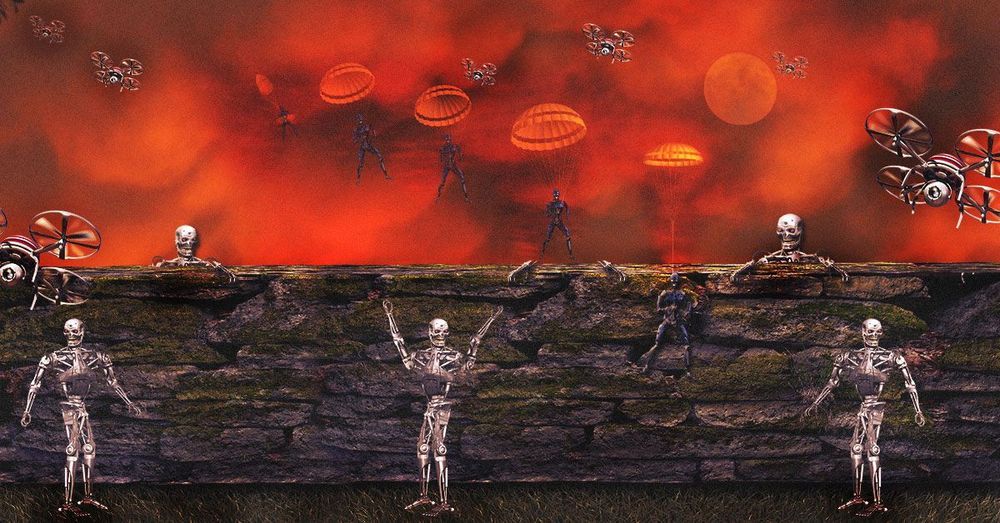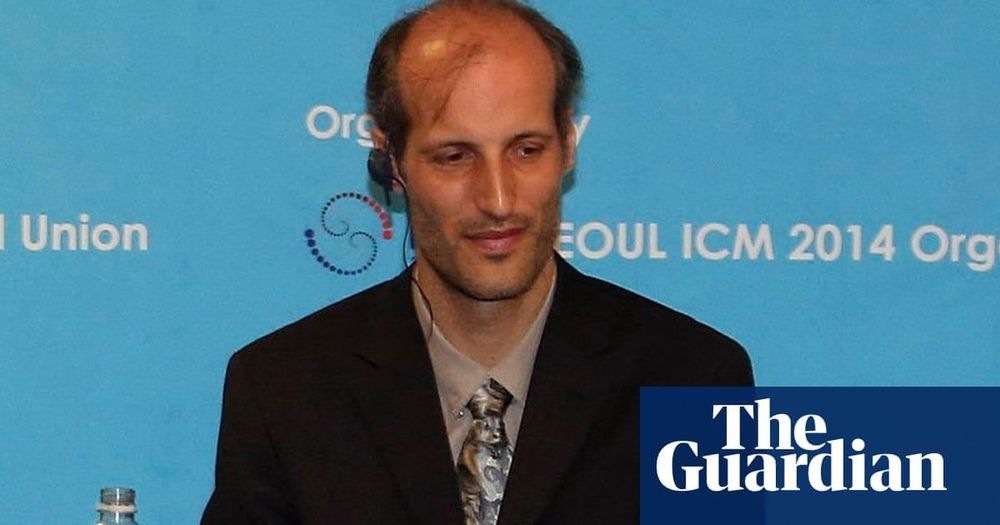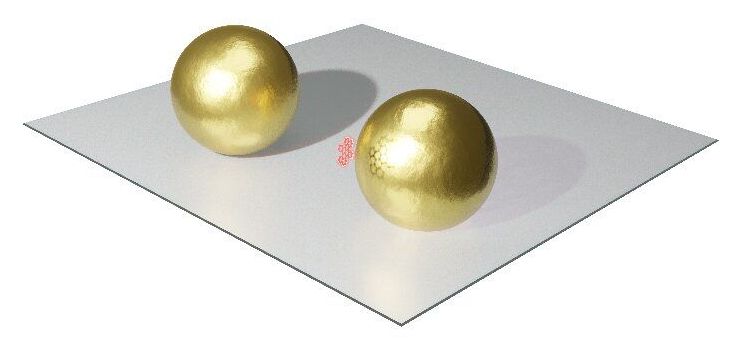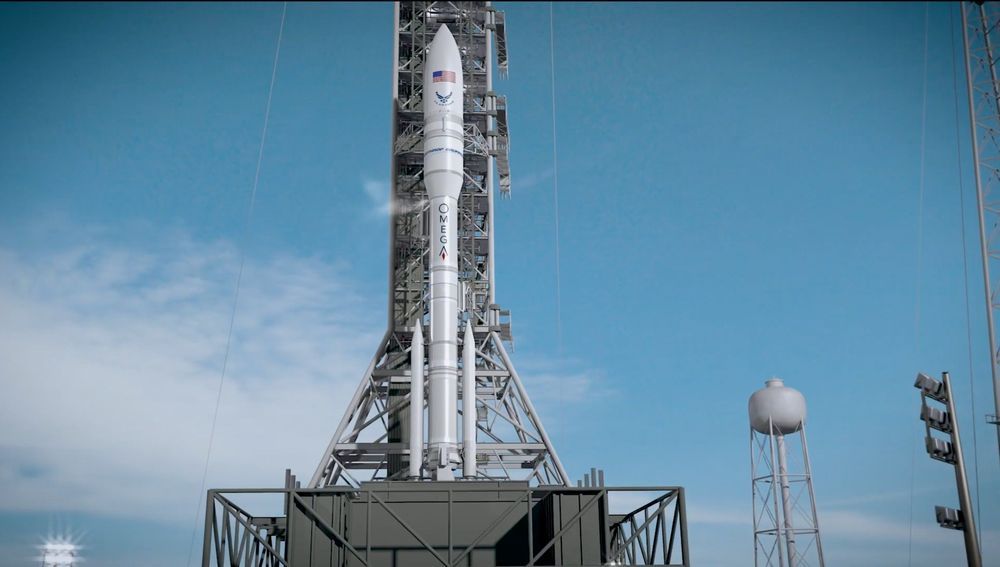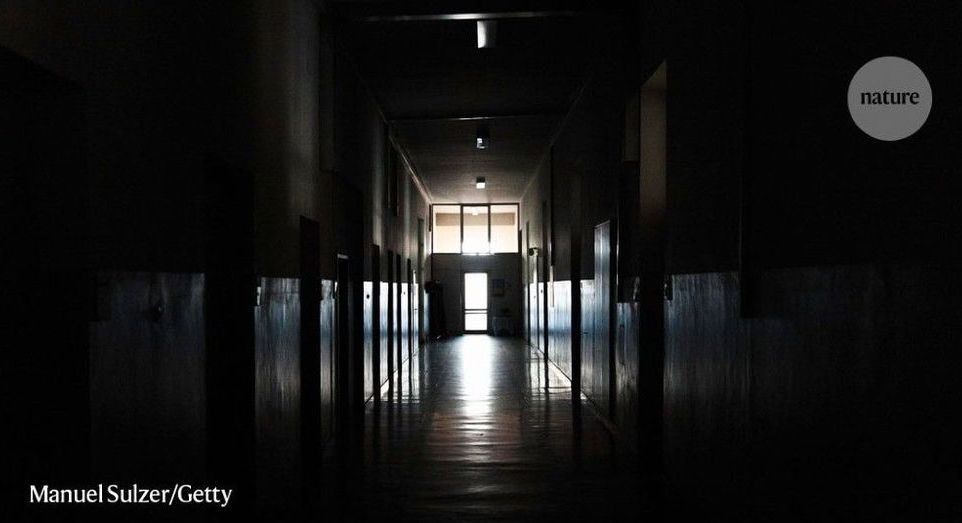An advanced artificial intelligence created by OpenAI, a company founded by genius billionaire Elon Musk, recently penned an op-ed for The Guardian that was so convincingly human many readers were astounded and frightened. And, ew. Just writing that sentence made me feel like a terrible journalist.
That’s a really crappy way to start an article about artificial intelligence. The statement contains only trace amounts of truth and is intended to shock you into thinking that what follows will be filled with amazing revelations about a new era of technological wonder.
Here’s what the lede sentence of an article about the GPT-3 op-ed should look like, as Neural writer Thomas Macaulay handled it earlier this week:
